I've been reading some papers on multicut algorithms for segmenting graph structures. I'm specifically interested in this work which proposes an algorithm to solve an extension of the multicut problem:
Regarding the edge costs, it says:
...for any pair of nodes, a real-valued cost (reward) to all decompositions for which these nodes are in distinct components
Fair enough. It further says that the solution to the multicut problem is a simple binary vector of length equal to the number of edges in the graph, in which a '1' indicates that the corresponding edge separates two vertices belonging to distinct graph components:
for every edge vw ∈ E ∪ F , y(v,w) = 1 if and only if v and w are in distinct components of G.
But then the optimization problem is written as:
This doesn't seem to make sense. If the edge weights depict rewards for that edge connecting nodes in distinct components, shouldn't this be a maximization problem? And in either case, if all edge weights are positive, wouldn't that lead to a trivial solution where y is an all-zeros vector? The above expression is followed by some constraints in the paper, but I couldn't figure out how any of those prevent this outcome.
Furthermore, when it later tries to generate an initial solution using Greedy Additive Edge Contraction, it says:
Alg. 1 starts from the decomposition into single nodes. In every iteration, a pair of neighboring components is joined for which the join decreases the objective value maximally. If no join strictly decreases the objective value, the algorithm terminates.
Again, if edge weights are rewards for keeping nodes separate, wouldn't joining any two nodes reduce the reward? And even if I assume for a second that edge weights are penalties for keeping nodes separate, wouldn't this method simply lump all the nodes into a single component?
The only way I see where this would work is if the edge weights are a balanced combination of positive and negative values, but I'm pretty sure I'm missing something because this constraint isn't mentioned anywhere in literature.
